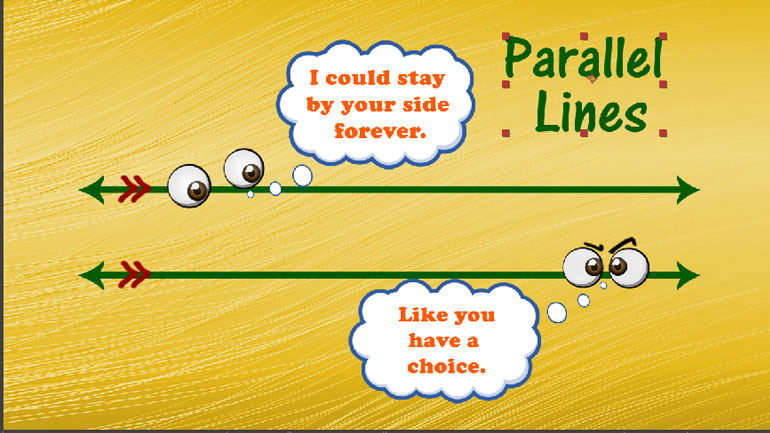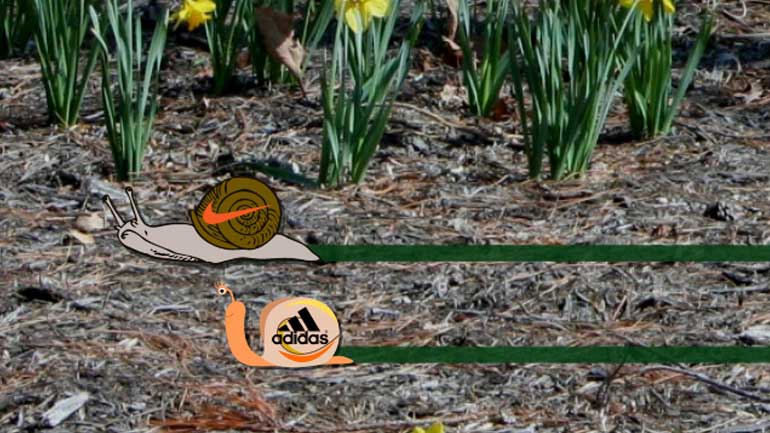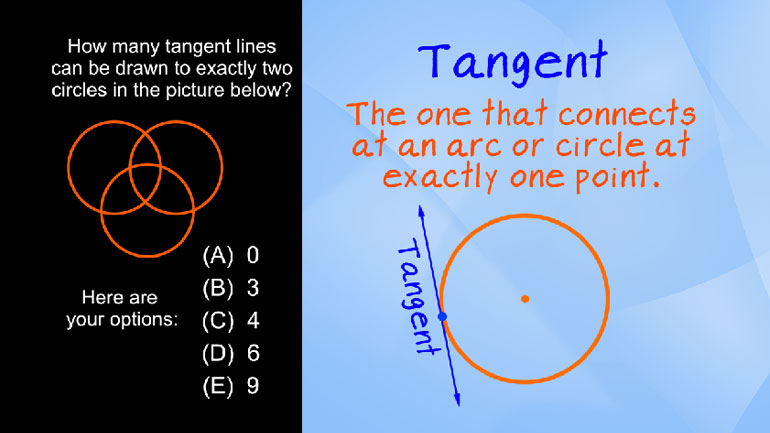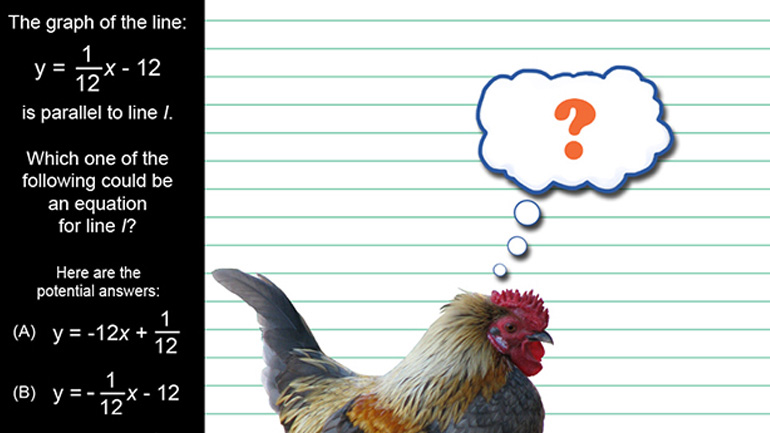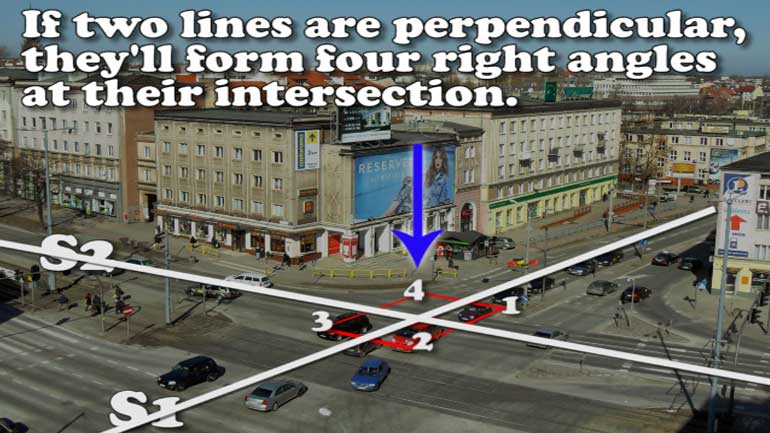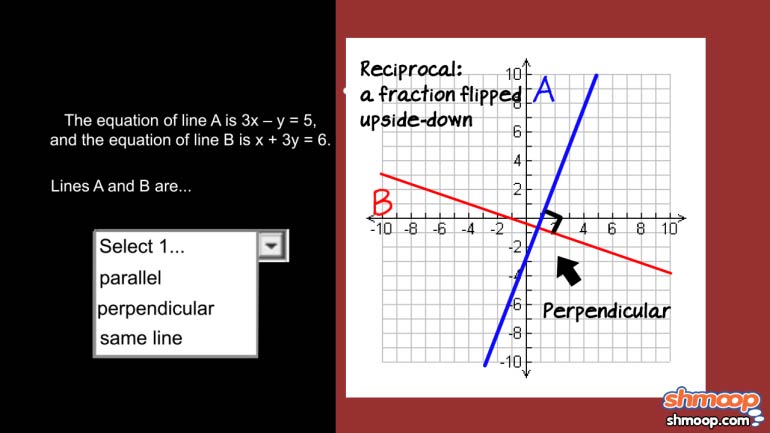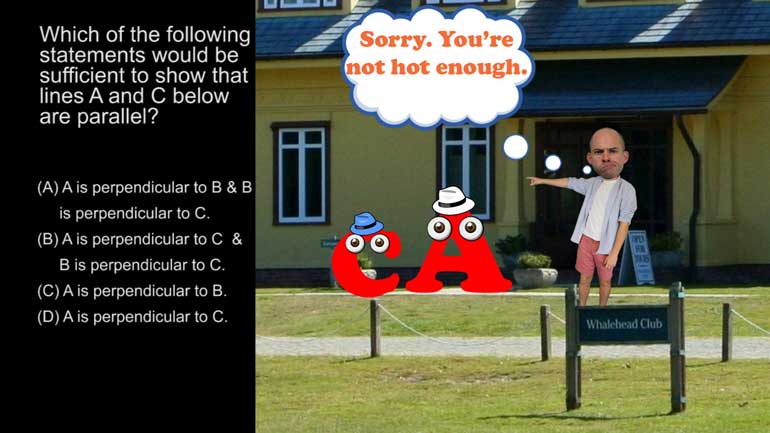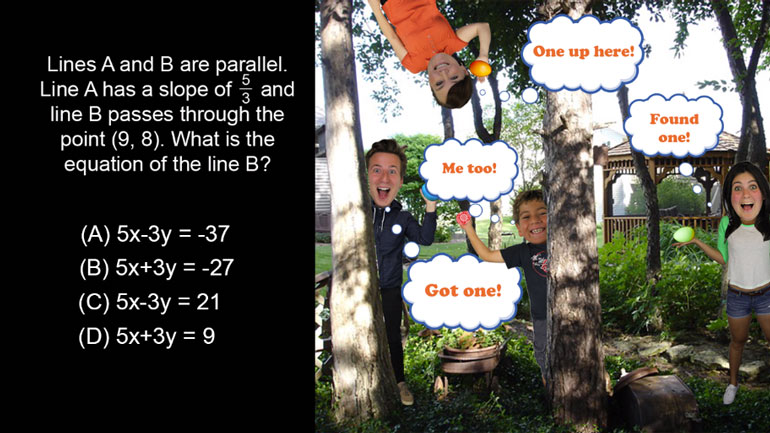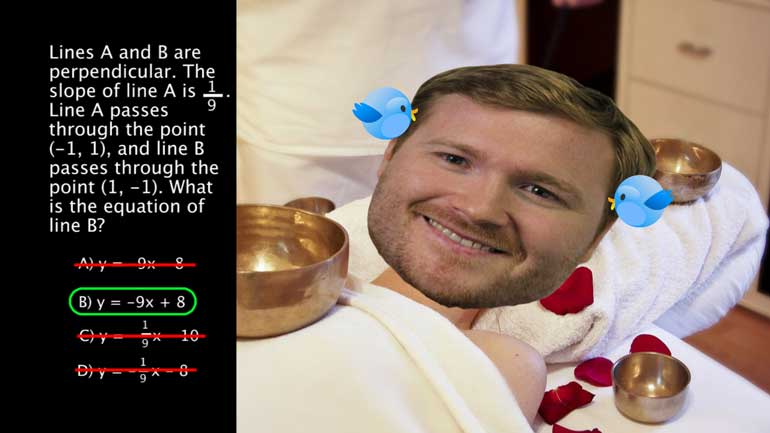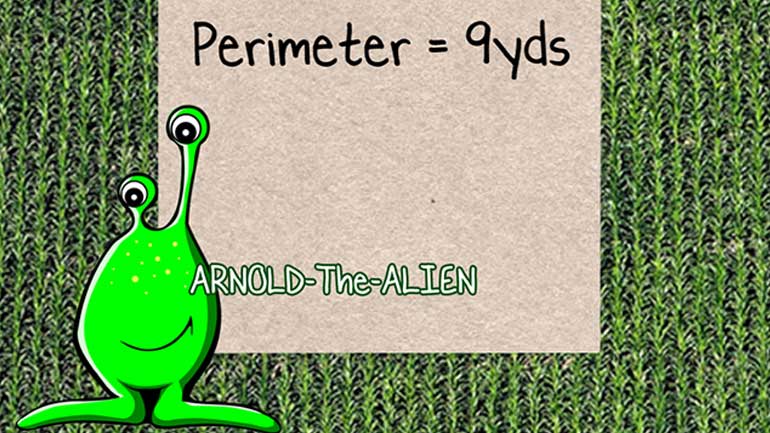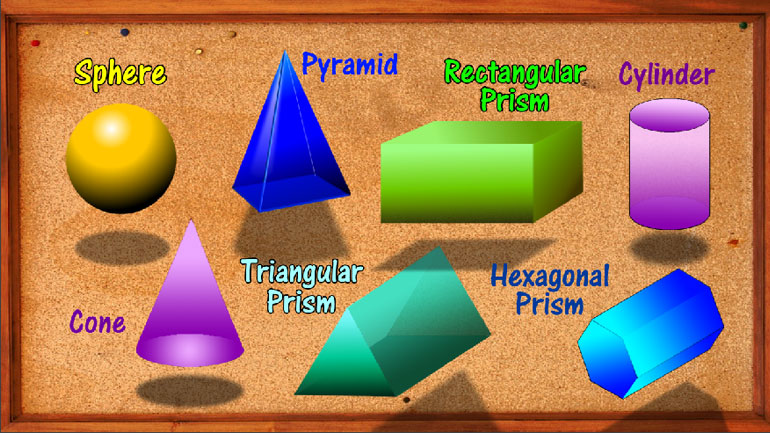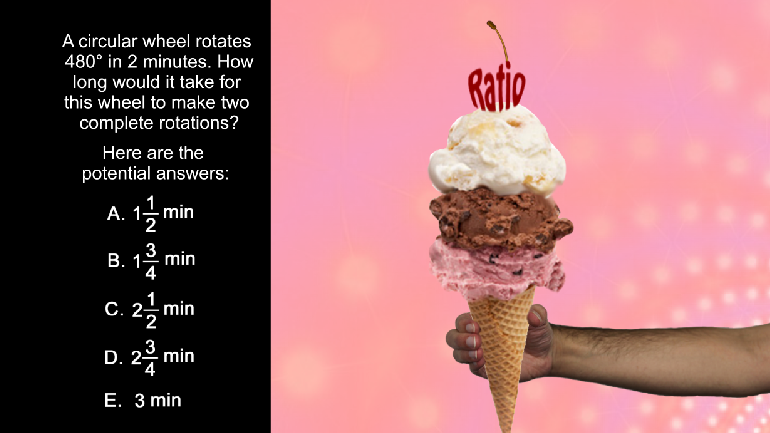ShmoopTube
Where Monty Python meets your 10th grade teacher.
Search Thousands of Shmoop Videos
Parallel and Perpendicular Lines Videos 23 videos
This video explores parallel lines and transversals: how to identify them both on a math test and in real life urban planning. What do the consecut...
To prove lines are parallel, you need a third line. We at Shmoop (and the rest of the world) call it a transversal.
Proving Lines are Parallel 1115 Views
Share It!
Description:
To prove lines are parallel, you need a third line. We at Shmoop (and the rest of the world) call it a transversal.
Transcript
- 00:05
Proving Lines are Parallel, a la Shmoop.
- 00:10
On the forest floor, tensions are brewing.
- 00:13
It seems two snails are in the midst of a heated argument.
- 00:17
They are worried that their paths on the forest floor may cross; if that happens, they might
- 00:22
crash. And they just let their insurance lapse.
Full Transcript
- 00:26
But hang on a sec; do they really have to be worried in the first place?
- 00:32
By definition, parallel lines never cross, even if they go on forever.
- 00:36
If we can prove that these snails’ paths are parallel to each other…
- 00:39
…then they can stop arguing and leave the forest undergrowth in peace.
- 00:43
We’ve got several important theorems and postulates to help us out.
- 00:47
All of those theorems and postulates have to do with transversals…
- 00:51
…a third line cutting across the two lines in question.
- 00:56
A straight branch lies across the snails’ paths… that can serve as our transversal.
- 01:02
A transversal will create 8 different angles we should examine before reaching our conclusion.
- 01:09
The first postulate we can use to determine whether two lines are parallel is the Corresponding
- 01:18
Angles Converse, which states that…
- 01:25
…“If two lines are cut by a transversal so that corresponding angles are congruent,
- 01:30
then the lines are parallel.”
- 01:39
Remember that corresponding angles refer to angles such as 2 and 6, or 3 and 7.
- 01:45
Check. The first theorem we can use is the Alternate
- 01:45
Exterior Angles Converse, which states…
- 01:46
…“If two lines are cut by a transversal so that alternate exterior angles are congruent,
- 01:52
then the lines are parallel.”
- 01:53
Remember that alternate exterior angles refer to angles such as 2 and 8, or 1 and 7.
- 01:56
Check. The second theorem we can use is the Consecutive
- 01:59
Interior Angles Converse, which states…
- 02:02
…“If two lines are cut by a transversal so that consecutive interior angles are supplementary…
- 02:11
meaning they add up to 180 degrees… then the lines are parallel.”
- 02:17
Consecutive interior angles, in this case, refer to angles 3 and 6.
- 02:20
The branch creates consecutive interior angles measuring 150 degrees and 30 degrees; 150
- 02:28
plus 30 is 180.
- 02:32
Check. The last theorem we can use is the Alternate
- 02:40
Interior Angles Converse, which states…
- 02:46
…“If two lines are cut by a transversal so that alternate interior angles are congruent,
- 02:52
then the lines are parallel.”
- 02:54
Alternate Interior Angles refer to angles 4 and 6 or 3 and 5.
- 02:54
Check-a-rooni. It seems those snails don’t have to worry
- 02:58
about crashing into each other after all.
- 03:00
But they just might run into a few more transversals on their journey.
Related Videos
Haven't you always wondered how much cardboard it takes to encase a trunk warmer for your pet elephant?
Want to figure out the area and perimeter of irregular shapes? Break them down into regular shapes. For example, a flower can be broken down into s...
It's one thing when all those shapes are sitting flat on the page. But when they start popping out and invading our personal space bubble, we get a...
Does thinking about 3D Geometry get you bent out of shape? Never fear! Watch this video and figure out some fun new shapes to bend back into. We're...
ACT Math: Plane Geometry Drill 3, Problem 5. How long would it take for the wheel to make two rotations?
